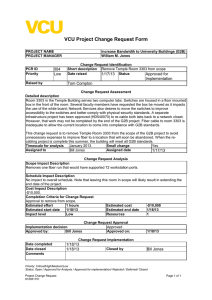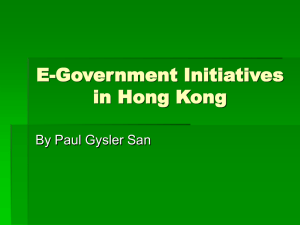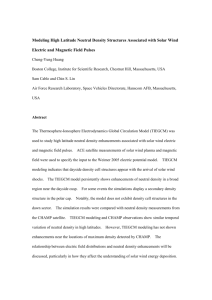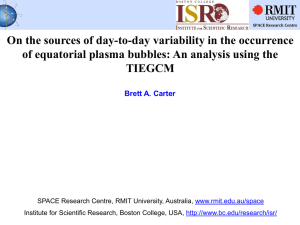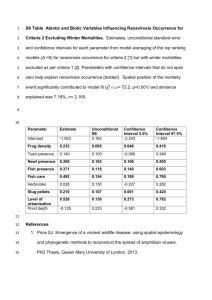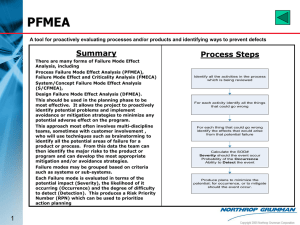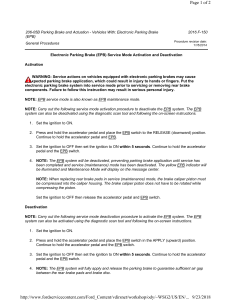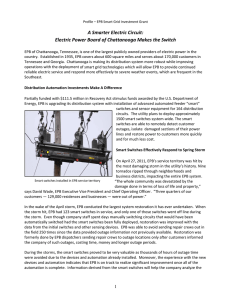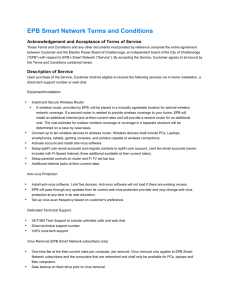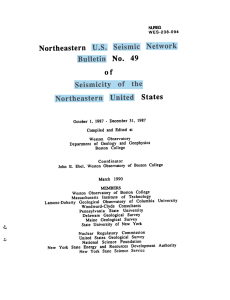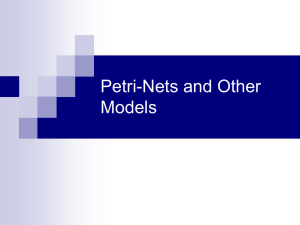Speaker: Dr. Brett Carter Affiliation: Institute for Scientific Research, Boston College
advertisement
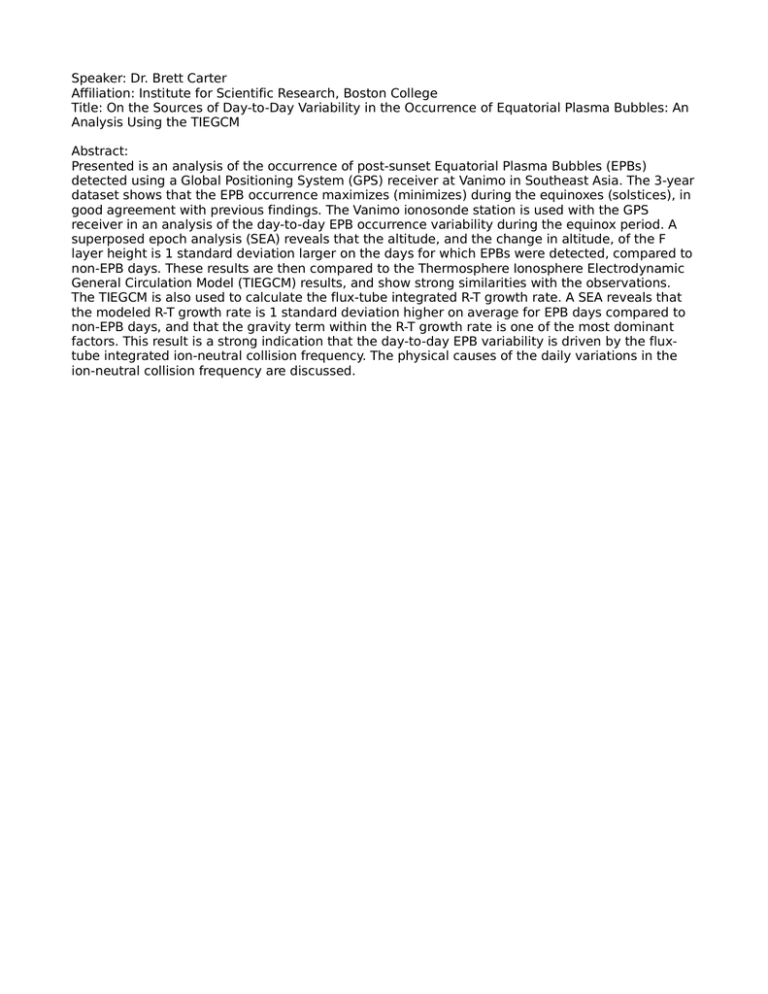
Speaker: Dr. Brett Carter Affiliation: Institute for Scientific Research, Boston College Title: On the Sources of Day-to-Day Variability in the Occurrence of Equatorial Plasma Bubbles: An Analysis Using the TIEGCM Abstract: Presented is an analysis of the occurrence of post-sunset Equatorial Plasma Bubbles (EPBs) detected using a Global Positioning System (GPS) receiver at Vanimo in Southeast Asia. The 3-year dataset shows that the EPB occurrence maximizes (minimizes) during the equinoxes (solstices), in good agreement with previous findings. The Vanimo ionosonde station is used with the GPS receiver in an analysis of the day-to-day EPB occurrence variability during the equinox period. A superposed epoch analysis (SEA) reveals that the altitude, and the change in altitude, of the F layer height is 1 standard deviation larger on the days for which EPBs were detected, compared to non-EPB days. These results are then compared to the Thermosphere Ionosphere Electrodynamic General Circulation Model (TIEGCM) results, and show strong similarities with the observations. The TIEGCM is also used to calculate the flux-tube integrated R-T growth rate. A SEA reveals that the modeled R-T growth rate is 1 standard deviation higher on average for EPB days compared to non-EPB days, and that the gravity term within the R-T growth rate is one of the most dominant factors. This result is a strong indication that the day-to-day EPB variability is driven by the fluxtube integrated ion-neutral collision frequency. The physical causes of the daily variations in the ion-neutral collision frequency are discussed.
